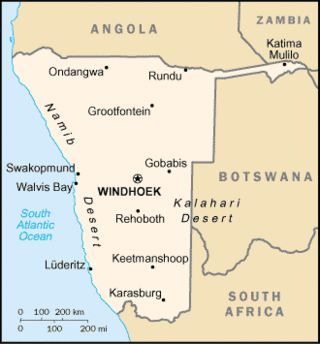Free territory may refer to:

A salient, panhandle, or bootheel is an elongated protrusion of a geopolitical entity, such as a subnational entity or a sovereign state.
This article contains a list of the flags and/or modifications made on the flags of current sovereign nations.

Annexation, in international law, is the forcible acquisition and assertion of legal title over one state's territory by another state, usually following military occupation of the territory. In current international law, it is generally held to be an illegal act. Annexation is a unilateral act where territory is seized and held by one state, as distinct from the complete conquest of another country, and differs from cession, in which territory is given or sold through treaty.
The following is a list of timeline articles:
The following are timelines of modern history, from the end of the Middle Ages, c. 1400 – c. 1500, to the present.
The timeline of wars has been split up in the following periods:
Jimmy Carter, a Democrat from Georgia, was elected President of the United States on November 2, 1976 and was inaugurated as the nation's 39th president on January 20, 1977, and his presidency ended on January 20, 1981, with the inauguration of Ronald Reagan. The following articles cover the timeline of the Carter's presidency:
Donald Trump, a Republican originally from New York, who during his first presidency moved his principal residency to Florida, was elected president of the United States in 2016. He was inaugurated on January 20, 2017, as the nation's 45th president, and his presidency ended on January 20, 2021, with the inauguration of Joe Biden. He was then elected to a second, non-consecutive term in 2024, and is expected to assume the presidency again on January 20, 2025, as the nation's 47th president.
This is a timeline of geopolitical changes around the world prior to 1500. It includes dates of declarations of independence, changes in country name, changes of capital city or name, and changes in territorial ownership such as the annexation, occupation, cession, concession, or secession of land. Territorial conquests as a result of war are included on the timeline at the conclusion of major military campaigns, but changes in the course of specific battles and day-to-day operations are generally not included.
This is a timeline of geopolitical changes around the world between 1500 and 1899. It includes dates of declarations of independence, changes in country name, changes of capital city or name, and changes in territorial ownership such as the annexation, occupation, cession, concession, or secession of land. Territorial conquests as a result of war are included on the timeline at the conclusion of major military campaigns, but changes in the course of specific battles and day-to-day operations are generally not included.
This page is based on this
Wikipedia article Text is available under the
CC BY-SA 4.0 license; additional terms may apply.
Images, videos and audio are available under their respective licenses.

